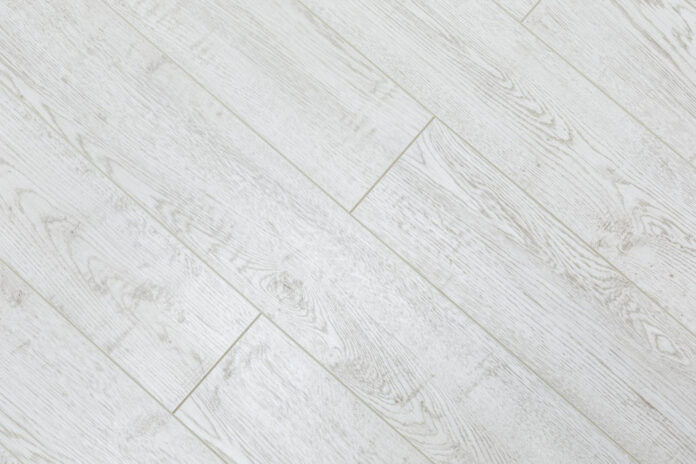What is the best underlayment for vinyl plank flooring?
There is no definitive answer when it comes to the best underlayment for vinyl plank flooring. Some factors to consider include the thickness of the underlayment, the type of subflooring, and the climate.
Why is underlayment important for vinyl plank flooring?
Vinyl plank flooring is a popular choice for many homeowners and businesses due to its attractive appearance and durability. However, in order for vinyl plank flooring to perform at its best, it is important to use an underlayment. The best underlayment for vinyl plank flooring must be able to protect the flooring and provide a cushioned surface for walking on. Here are three reasons why underlayment is so important for vinyl plank flooring:
1. Underlayment provides cushioning and support.
2. Underlayment helps reduce noise from footsteps and other impacts.
3. Underlayment can help protect vinyl plank flooring from moisture damage.
What are the benefits of using an underlayment for vinyl plank flooring?
An underlayment is a thin layer of material that is placed between the subfloor and the vinyl plank flooring. The underlayment provides a smooth, level surface for the vinyl plank flooring to lay on and also acts as a moisture barrier.
The benefits of using an underlayment for vinyl plank flooring are:
1. The underlayment provides a smooth, level surface for the vinyl plank flooring to lay on.
2. The underlayment acts as a moisture barrier, preventing water from seeping through to the subfloor and causing mold or mildew growth.
3. The underlayment can help to insulate against noise, making the floors quieter.
4. The underlayment can provide additional cushioning and comfort underfoot.
How do you install underlayment for vinyl plank flooring?
If you’re planning to install vinyl plank flooring in your home, you may be wondering about underlayment. Do you need it? What is it for? Here’s what you need to know about underlayment for vinyl plank flooring.
Underlayment is a thin layer of material that is installed between the subfloor and the top flooring layer. Its purpose is to provide cushioning, support, and noise reduction. For vinyl plank flooring, underlayment also provides moisture protection.
When installing underlayment for vinyl plank flooring, be sure to follow the manufacturer’s instructions. Generally speaking, you will want to install the underlayment in strips that are 4-6 inches wide and lay them perpendicular to the direction of the planks. Be sure to overlap the edges of each strip by 2-3 inches and use tape or staples to secure them in place.
Once the underlayment is in place, you can begin installing your vinyl plank flooring according to the manufacturer’s instructions. With proper installation, your new floors should last for many years to come!
































